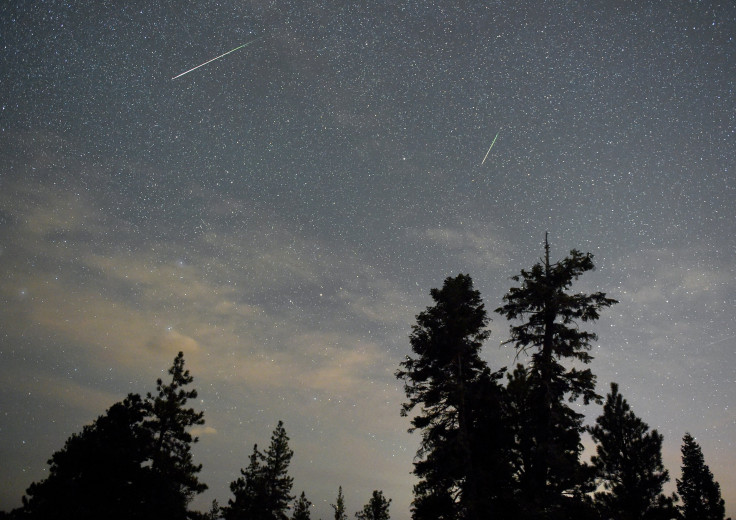Skywatching: August Sky Events To Watch Out For

August has quite a few special sky events in store for skywatchers. The famous Perseids meteor shower is set to peak, while Saturn will be at its brightest.
The much-awaited Perseids meteor shower is already active and skygazers can catch a glimpse of the meteors a week or 10 days prior to its peak on the evening of Aug. 11-12.
However, its peak this year will also coincide with the Full Sturgeon Moon on Aug. 11. This means the bright light of the full Moon may obstruct much of the views of the Perseid meteors. This is the "worst possible circumstances for spotters," said NASA astronomer Bill Cooke.
But this doesn't mean that all is lost, as this year's Perseids peak will still be worth staying up for. Even with the full Moon, the meteor rates will still be "better than 95% of all other nights this year," the American Meteor Society (AMS) explained.
People may also get a good look at the Full Moon, which will be the last supermoon of the year, according to The Old Farmer's Almanac. Skywatchers can even catch a glimpse of Saturn, which will be near the Moon at the time, noted NASA.
This is because Saturn will also be at its "opposition" on Aug. 14, just a few days after the full Moon. During the opposition, the Earth will be between the Sun and Saturn, so the ringed planet and the Sun will essentially be on "opposite" sides of the sky, explained Royal Museums Greenwich (RMG).
The opposition is said to be one of the best times to spot and take photos of a planet because it will be at its brightest and largest at the time. It's also above the horizon for a long time. In the case of Saturn, it will be at its brightest in the entire year at magnitude 0.3, noted EarthSky.
In astronomy, magnitude pertains to the brightness of a celestial object, with lower numbers associated with brighter objects. During Saturn's opposition, people may not see its rings through binoculars, but will observe it as a "bright oval-shaped disk."
Later in the month, on Aug. 27, it will be Mercury's time to shine as it will be on its greatest elongation. So, skywatchers can catch a good glimpse of the planet after sunset. This is also the day of the New Moon, which means the light of the Moon won't obstruct the view of the skies, making for an excellent evening of skywatching.

Photo: NASA





















